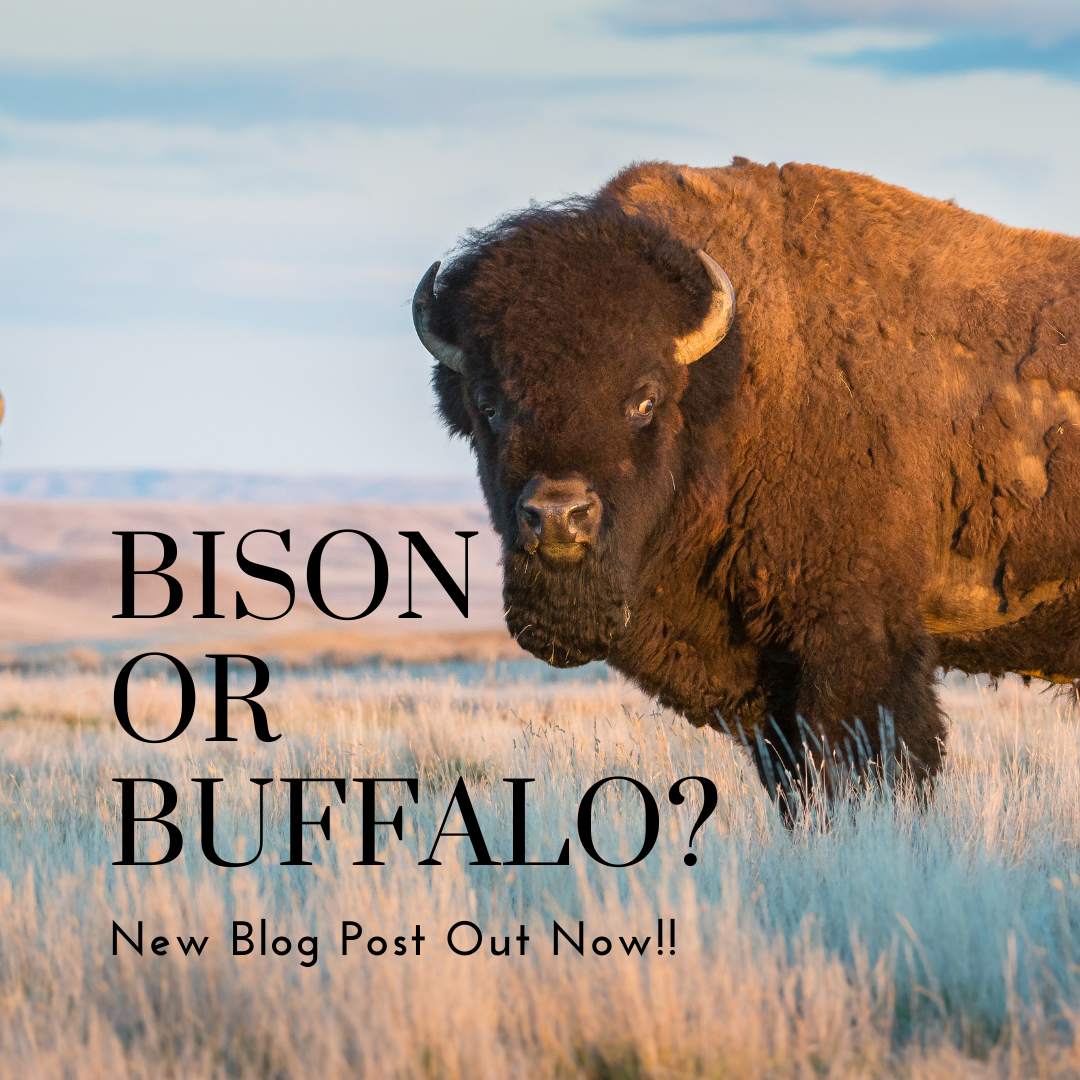What's in a name? Apparently, quite a lot when it comes to the North American bison. Depending on who you ask, this animal might be called a buffalo or a bison. So which is it? What's the difference? And why does it matter? Read on to find out!
When most of us think of Bison, we picture those shaggy, hump-backed animals that once roamed the Great Plains by the millions. However, there is some confusion about what to call these creatures. While Buffalo may be the more familiar term for many people, Bison is the correct name for these animals when discussing them in terms of their taxonomy. In North America, is there a difference between a buffalo and a bison? You might think that they are both the same animal, but you would be wrong. There is actually a big difference between the two, and it has to do with their history. So what's the story behind these animals? Keep reading to find out more.
The difference between buffalo and bison
Although they are often used interchangeably, there is a big difference between buffalo and bison. Buffalo are actually a species of cattle, while bison are a type of wild ox. Buffalo are indigenous to Asia and Africa, while bison are found in North America. Buffalo are larger than bison, with males weighing up to a ton, while bison top out at about a quarter of that weight. Buffalo also have shorter legs and thicker fur, which helps them to withstand colder temperatures. Bison, on the other hand, have longer horns that can grow up to three feet long. So, next time you're talking about these massive animals, be sure to use the correct name!
How buffalo and bison migrated to North America
It is believed that buffalo and bison migrated to North America from Asia via the Bering Land Bridge. This migration most likely occurred in several waves, with the first animals arriving in North America over 10,000 years ago. Buffalo and bison are well-adapted to life on the plains, and they quickly spread across North America. Today, buffalo and bison are an important part of the ecosystem on the Great Plains. They help to keep the grasslands healthy by grazing on vegetation and spreading nutrients through their manure. In addition, their grazing helps to control the growth of invasive plants. Buffalo and bison are an integral part of the Great Plains ecosystem, and their presence is essential for maintaining a healthy landscape.
The history of the buffalo and bison in North America
The buffalo is an iconic symbol of the American West, and its history is deeply entwined with the history of the continent. native Americans have long revered the buffalo as a source of food and shelter, and the animal played a pivotal role in the economic and cultural development of the region. Today, buffalo are an important part of the ecosystem, providing grazing opportunities for other wildlife and helping to control soil erosion. However, they are also an endangered species, and their future is uncertain. It is important to understand the history of the buffalo in North America in order to appreciate the significance of this unique animal.
The first buffalo appeared in North America over two million years ago, and their numbers quickly grew. By the time Europeans arrived in the region
Buffalo and bison today - conservation efforts and how you can help
Buffalo and bison once roamed the North American plains in huge herds. However, due to overhunting and habitat loss, their numbers have dwindled considerably. Today, there are only a few hundred thousand buffalo left in the world, with around two-thirds of them living in North America. Conservation groups are working hard to protect these majestic creatures, but they need our help. Here are some ways you can support buffalo conservation efforts:
- Educate yourself about the issue and spread the word to others.
- Support organizations that are working to protect buffalo habitats.
- Make sure any buffalo products you purchase come from sustainable sources.
- Encourage your representatives to support policies that favor buffalo conservation.
Fun facts about buffalo and bison
- Buffalo can grow to be up to six feet tall and weigh as much as 2,000 pounds. Bison, on the other hand, can grow to be up to seven feet tall and weigh as much as 2,200 pounds.
- Both buffalo and bison have short horns that they use for self-defense. However, the horns of a buffalo are much larger and more curved than those of a bison.
- Buffalo are known for their shaggy coat of hair, which helps to
So, North America, what's the verdict? Are you going to call them buffalo or bison from now on? It may seem like a small matter, but it's important to get this right. After all, we want to be respectful of these majestic creatures and give them the credit they deserve. Let's make sure we're calling them bison from now on- it's the right thing to do!

